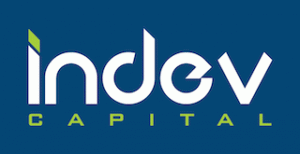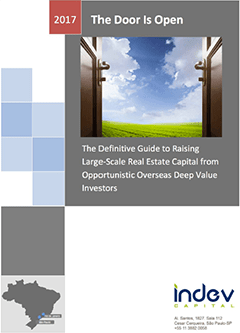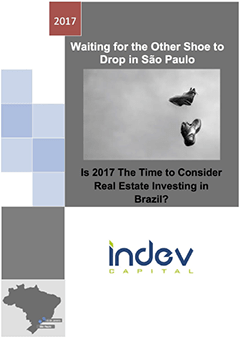1.Scale without appropriate organizational structure: Developers tried to scale the business rapidly despite the lack of management talent and proper information and accounting systems to manage the growth. The result was lack of qualified workforce, engineers and other technicians and in addition inappropriate tools to manage and control costs in distant locations.
2. Development is local: Developers tried to operate in different regions and states of Brazil and often created either too much product for the market demand or the wrong type of product for the market.
3. Wrong partnerships: In cities where developers decided to operate with a partner, partnership choices were often suboptimal. In a normal market, developers would have grown slower and tested their partner’s capabilities in a more deliberate manner. In the rush for market share, these decisions were made hastily without proper due diligence. This led to severe problems.
4. Over Diversification: Diversification is not necessarily bad; however, it requires an understanding of how the new businesses work. For example, some developers, whose DNA for decades was middle to high-income products, entered the low-income Minha Casa Minha Vida program (ultra low-end product). While on paper this may have been a good idea, the requirements for success are very different in this segment and the results were usually suboptimal and at times disastrous.
5. Excessive Land Purchases and Launches: The high liquidity provided by banks (holding company credit) and IPO proceeds with analyst guidance combined to create pressure on developers to assemble large land banks and launch a significant volume of housing units. This actively demonstrated to the capital markets that their valuation was justified and kept the stock price high. This drive for rapid growth reduced the discipline to purchase the land correctly and created unsuccessful launches.
6. Wrong product: The above pressure for growth encouraged rapid launches and the result was insufficient research to create the right product for specific areas. For example, there is an excess of studio apartments in many areas of São Paulo.
7. Units sold with low down payment: Low down payments (5% to 10%) were set to allow a faster sales process, but importantly contracted sales are not final sales. This low down payment created the “option” to buy an apartment and this encouraged a buyer who was most likely to cancel if the market changed. A low down payment in a boom market often created buyers that were never fully committed to purchase a property.
8. Lots (dozens) of units for one buyer: In the middle of the booming market, investors were able to buy many units in the same launch. When the market slowed down, this type of investor was the first to give units back.
9. Almost no credit analysis: The credit analysis done by the developers pre-handing over of keys was very poor and incomplete.
.




